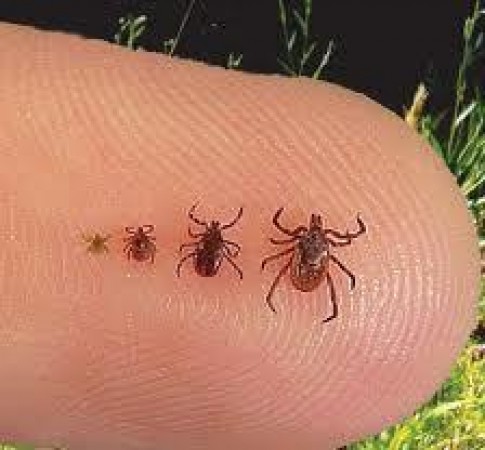
Scrub typhus, a lesser-known but potentially life-threatening disease, has been causing increasing concern in several states across the nation. This vector-borne illness, caused by the bacterium Orientia tsutsugamushi, has the potential to lead to severe complications, ranging from coma to organ failure. In this comprehensive article, we delve into the details of scrub typhus, its symptoms, transmission, affected regions, and preventive measures.
What Is Scrub Typhus? Scrub typhus, also known as bush typhus or rural typhus, is an infectious disease caused by the bacterium Orientia tsutsugamushi. It is primarily transmitted to humans through the bite of infected mites found in chigger larvae.
How Does It Affect the Body? Once transmitted, the bacteria multiply and spread, leading to various symptoms and potential complications. Scrub typhus can affect multiple organ systems, making it a serious health concern.
Common Signs and Symptoms
Potential Complications
States at Risk Scrub typhus has been reported in several states across the country, including but not limited to:
Seasonal Variation The incidence of scrub typhus often shows a seasonal pattern, with a higher number of cases during the monsoon and post-monsoon periods.
Mode of Transmission The primary mode of transmission is through the bite of infected mites. These mites are commonly found in rural and forested areas.
Preventive Measures
Diagnosis Doctors typically diagnose scrub typhus based on symptoms and may confirm it through blood tests.
Treatment Early detection and treatment with antibiotics, such as doxycycline, are crucial to preventing severe complications.
Community Outreach Raising awareness about scrub typhus through community programs and health education initiatives is essential.
Medical Training Ensuring that healthcare providers in affected areas are well-trained to recognize and treat scrub typhus is vital. Scrub typhus is a significant health concern in various states, with the potential for severe complications. Recognizing the symptoms, taking preventive measures, and spreading awareness are crucial steps in mitigating the impact of this disease. As we continue to learn more about scrub typhus, it is essential to stay vigilant and take proactive measures to protect ourselves and our communities.
This breakfast habit can make you a heart patient
Is the milk coming to your house real or fake? You can find out in these ways
Eating These Foods Daily Can Help Maintain Healthy Cholesterol Levels